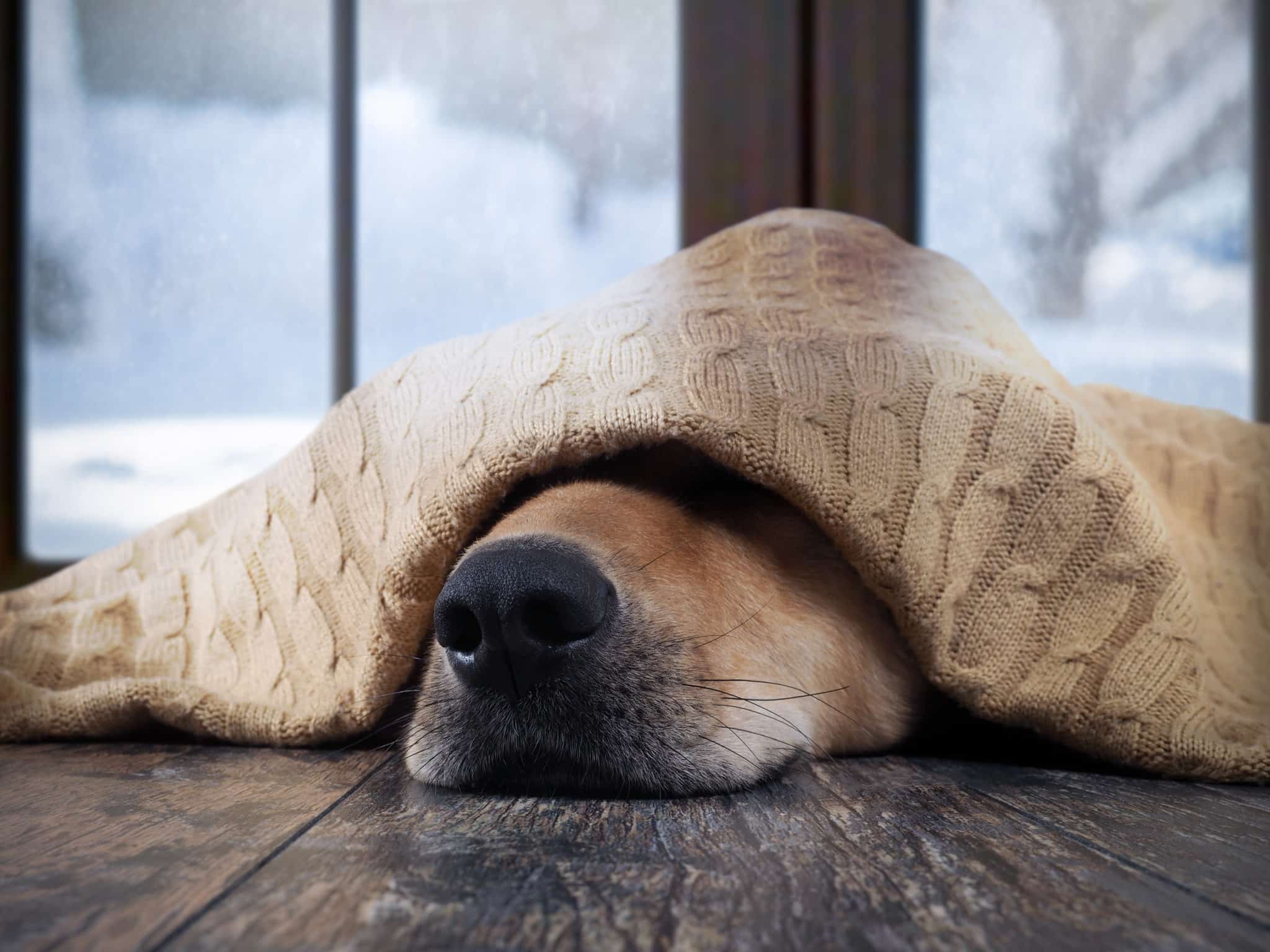Every year when winter arrives, you may start wondering how to keep your poorly insulated house warm.
Fortunately, there are a number of tips and tricks that can really help keep your house warmer during the cold months.
Buy Door Draft Stoppers
The space underneath a front door or garage door can be notorious for letting cold air in, which is a problem if you have a poorly insulated home.
Preventing this from happening is a relatively easy fix with door draft stoppers.
Fortunately, door stoppers don’t have to be boring, Take these heavy duty under door draft stoppers from SWISSELITE. These draft stoppers come in a number of colors and look like adorable stuffed animals. Plus, they have tons of benefits like:
- They’re filled with 3D high elastic cotton and glass beads that help them stay put
- They fit all doors
- Won’t damage finishes
- Move with the doors when opening and closing
Invest in a Smart Thermostat
Another way to help keep the warm air inside your poorly insulated home, while also possibly saving money on your power bill, is to install a programmable thermostat like the 7-Day Programmable Thermostat from Honeywell.
Once you install it, you can set it to a variety of temperatures for different times of the day right from your smartphone via the Total Connect Comfort App. For instance, when you’re sleeping and/or away from home, you can set the temperature lower to save energy and heating costs.
Consider Insulated Drapes
If you notice that the area around windows is colder in the winter, insulated drapes may help. For example, any of the thermal–lined drapes from Regal Drapes would not only look great in most homes, but they’re designed to hold heat in a room, too.
Although you’ll have an initial investment when buying insulated drapes, you may notice a welcome drop in your power bills to help offset that cost.
Pro tip: Keep the drapes open during the day on any windows that face the sun. This is an efficient way to take advantage of some free solar power to help heat up rooms.
Reverse the Flow of Ceiling Fans
Ceiling fans are a great way to keep rooms cooler during the summer, but did you know they can also help move heat around in the winter? The key is reversing the blades to spin clockwise. This way, the blades push heated air down from the ceiling into the room. This is especially effective in rooms with high ceilings.
Not every ceiling fan offers this feature. But to see if yours does, simply check the motor housing. There, there should be a switch you can flip to reverse the fan’s direction.
If you’d like to give this tip a try, but don’t have any ceiling fans in your home yet, be sure to buy models that feature a reverse air flow option. One option is the Crestfield ceiling fan from Hunter. The fan also includes an LED light and a remote control, which you can purchase separately.
Keep the Areas Around the Radiators Clear
In order for a radiator or HVAC unit to work effectively, you should be careful not to block the spaces around the unit or the heat registers.
Look around your home to see where all of the heaters and registers are. Then, if you notice one or some are blocked, rearrange the room so the warm air can actually flow through your home. Not only will this help keep your house warmer, it will help reduce fire hazards, too.
Minimize Your Fireplace Usage
If you’re trying to figure out how to keep a poorly insulated house warm, you may think a fireplace would be a big help. And while a fire does keep the immediate space around it warm, most of that warm air heads straight up the chimney and outside. This means that overall, fireplaces aren’t the most efficient way to warm a home.
Another strike against fireplaces is when you keep the fireplace damper open when you’re not using it. Unfortunately, it lets much of your home’s warm air up the chimney—and lets cold air come in.
Implement These Tips on How to Keep a Poorly Insulated House Warm This Winter
In a perfect world, you would be able to upgrade the insulation in your home to make it more efficient. Until this expensive task can be completed, it’s good to know that a combination of budget-friendly tips can really help keep your poorly insulated house warm no matter what winter dishes out this year.






